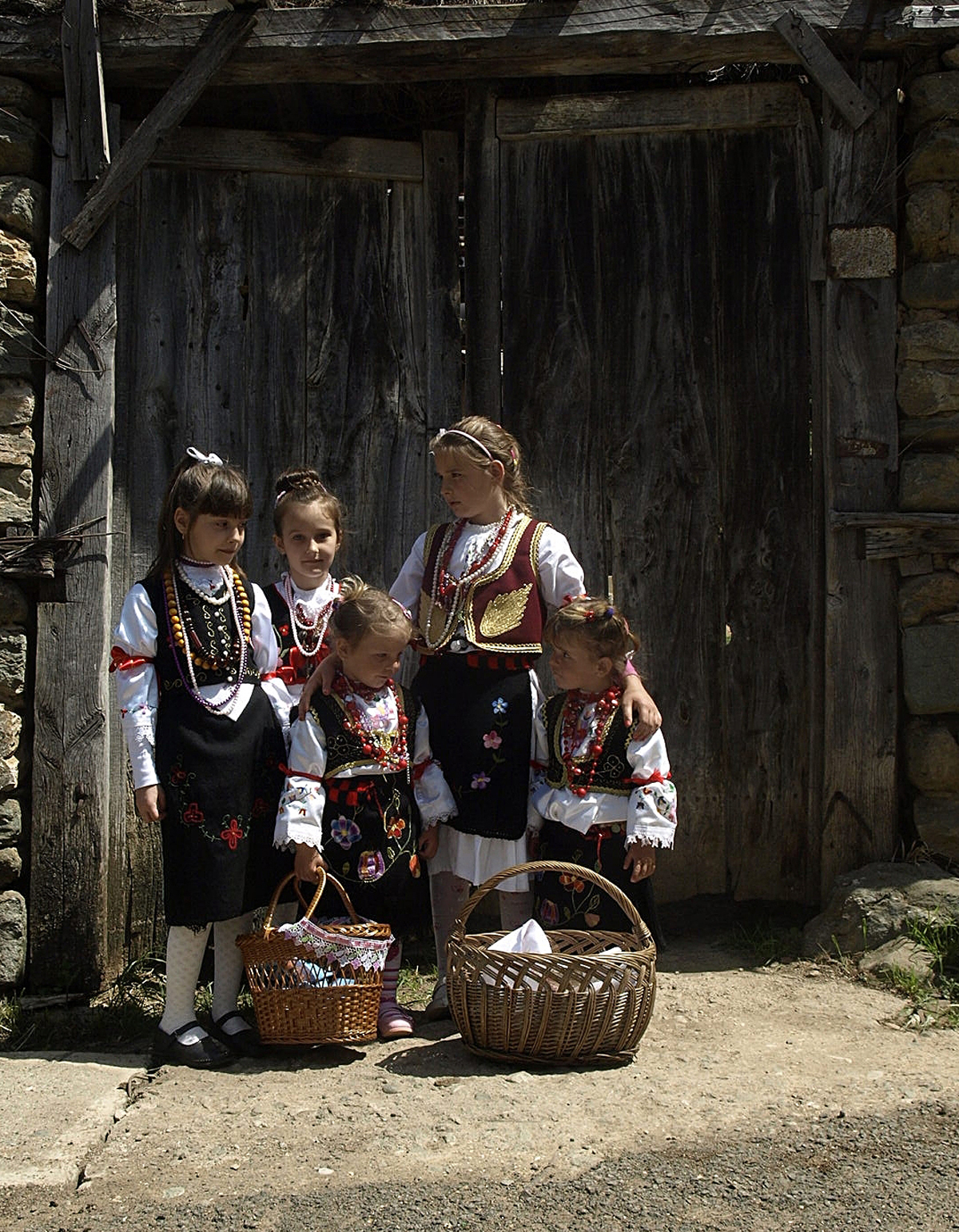|
Serbs In Kosovo
Kosovo Serbs are one of the ethnic groups of Kosovo. There are around 100,000 Kosovo Serbs as of 2014 and about half of them live in North Kosovo. Other Serb communities live in southern Kosovo. After Albanians, they form the largest ethnic community in Kosovo (4-7%). The medieval Kingdom of Serbia (1217–1346) and the Serbian Empire (1346–1371) included parts of the territory of Kosovo until its annexation by the Ottomans following the Battle of Kosovo (1389), considered one of the most notable events of Serbian history. Afterwards, it was a part of the Serbian Despotate. Modern Serbian historiography considers Kosovo in this period to be the political, religious and cultural core of the medieval Serbian state. In the Ottoman period (1455-1913), the situation of the Serbian population in Kosovo went through different phases. In the 16th century, the Serbian Patriarchate of Peć was re-established and its status strengthened. At the end of 18th century, the support of the Pa ... [...More Info...] [...Related Items...] OR: [Wikipedia] [Google] [Baidu] |
Štrpce
Štrpce ( Serbian Cyrillic: Штрпце) or Shtërpca ( sq-definite, Shtërpcë), is a town and municipality located in the Ferizaj District in Kosovo. As of 2015, it has an estimated population of 13,630 inhabitants. After the 2013 Brussels Agreement, the municipality has been included to be part of a yet to be formed Community of Serb Municipalities. History Middle Ages In Medieval Serbia, the '' župa'' (county, district) of Sirinić ( Sirinićka župa), first mentioned in a 13th-century charter, covered the whole of modern Štrpce municipality, having the towns of Gradište (site in Brezovica) and Zidinac (site in Gotovuša). Several remains of Byzantine forts exist in the region. At the top of the Čajlije hill, above the mouth of the Piljevac creek of the Lepenac river, there exists the remains of the Gradište fort, which has two layers, the first from the 6th century, and the second from the 13th century. The fort is in ruins, of which a donjon tower, and outlines ... [...More Info...] [...Related Items...] OR: [Wikipedia] [Google] [Baidu] |

